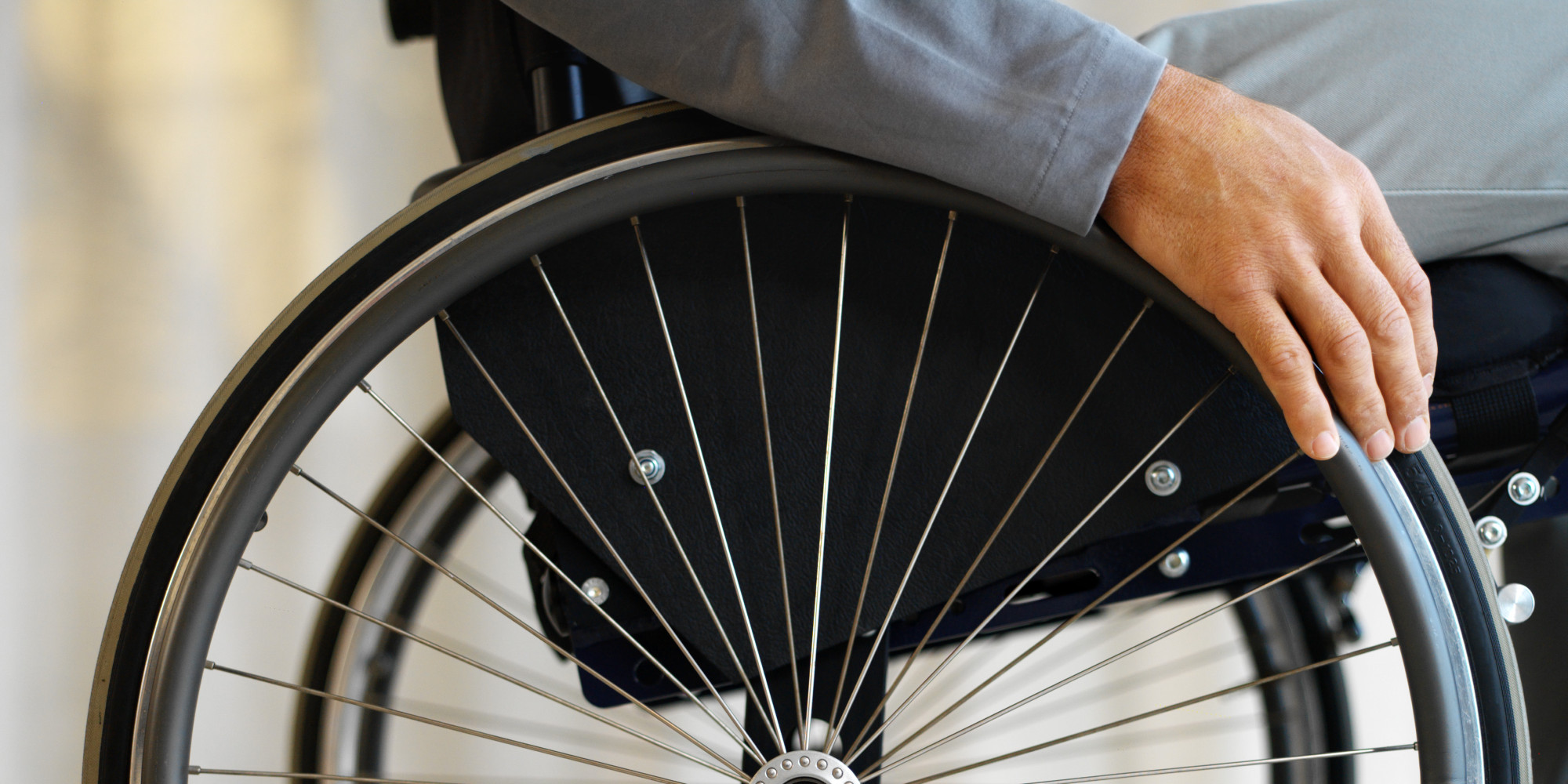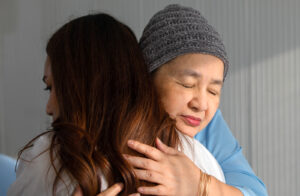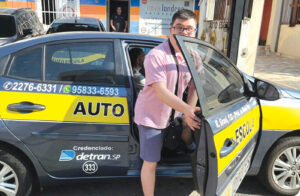By Sharon Sutherland (Pratt), PT
Where else is skin integrity preservation and postural management a critical consideration for individuals who use wheelchairs as a primary mode of mobility? In the bathroom, of course!
A lot of time and resources are invested on skin integrity preservation and positioning strategies to help reduce the incidence of sitting-acquired decubitus ulcers and postural deviations from manual and power wheelchairs. Regrettably, these individuals are still at significantly high risk of the same challenges if they’re using improperly configured and poorly adjusted rehab shower commode chairs (RSCCs).
An RSCC needs thoughtful consideration for clients because it: provides safe transport to and from or within the bathroom for non-ambulatory or barely ambulatory users; provides safe positioning and skin integrity preservation for users who are at risk of decubitus ulcers from bowel and bathing programs lasting one to three hours or more; eliminates unnecessary transfers which is important for both client and caregiver safety; can be the second most important mobility device! It is indeed the “other seat.”
As inpatient stays become shorter and shorter, we need to pay as much attention to bathroom seating as we do wheeled mobility seating.
An interesting fact: “The ideal posture for Defecation is the full squat, which provides the abdominal muscles with the proper support during the expulsion process, as contrasted with the familiar “sitting on a chair” posture that is so commonly assumed on a standard toilet or toilet seat. In the “sitting-on-a-chair” posture the person trying to empty the bowel is essentially passive and unable to aid the body’s natural mechanism of evacuation.” I encourage you to read A Guide to Better Bowel Care: A Complete Program for Tissue Cleansing Through Bowel Management.
Important clinical facts to consider during assessment, selection and prescription of RSCCs include:
- Anthropometrics – Understanding the client’s ischial bone dimensions and the aperture width/size of the commode seat is critical for both skin protection and stability. Generally the ischials are “in the hole,” which means the load is being taken on the undersurface of the greater trochanters, so we need to know where the client’s ischials and load-bearing surfaces are. Remember, the pelvic size doesn’t grow once we become adults. Anthropometrics don’t lie! In an adult male the distance between ischials is approximately 4 – 4.5” and in adult females it is approximately 5 – 6.5”. The general width between the undersurface supporting area on the trochanters is approximately 9 – 11” so regardless of overall body width, the pelvis, femurs and surrounding soft tissue must be supported. We can’t have “falling in” or the potential for high-pressure areas.
- Skin integrity preservation – Is your client high risk, moderate risk, or low risk for skin integrity issues? Consider the length of time in position for bowel bladder management and shower regimens, as this will tell us a lot about weight shifting technique to guide us toward necessary features in the RSCC. An excellent reference for best practice guidelines is www.npuap.org.
- Postural/functional clinical presentation – Does the client present with anterior pelvic lift and compensating lordosis; posterior pelvis tilt and compensating kyphosis; pelvic obliquity +/- rotation and compensation scoliosis and wind sweeping? Consider also: the support and space needed during transfers; requirements for leaning side to side and stabilizing while “taking care of business” independently; requirements for when an assistant is involved. I think of postural support in terms of: inferior and posterior support as our primary support surfaces (support provided under the client, i.e. seat and feet, and/or behind the client, i.e. back); gravity assist as necessary for postural support/stability and/or weight shifting; lateral and/or anterior support as assistants to the primary support surfaces.
How do we translate this clinical information collected during the hands-on assessment into desirable RSCC attributes? Let’s look at the related essential features of each clinical finding.
Anthropometrics
- Aperture (hole in the seat): Dimensions in relation to client dimensions; location.
- Access point location
Skin integrity preservation
- Support surface material/contact area: pressure distribution/shape and material; ease of transfers/shear reduction/friction for wet bodies
- Weight shiftability – independent or dependent?
- Arm supports/location/weight-load tolerances
- Foot loading ability
- Back support ability for optimal loading/set-up. Ask: What options are available? Can I adjust angle and height to get the desired posterior loading/support? Is seat depth impacted by the back support? Is it easy to clean and does it comply with infection control?
- Lateral and/or assisting supports
Postural/functional clinical presentation
- Aperture and support surface shape
- Seat adjustability/customization
- Back support adjustability
- Feet support adjustability
Along with the essential home environment, functional, postural and skin integrity assessment, I was curious to see if Interface Pressure Mapping (IPM) could be helpful in our clinical decision-making. My conclusion: Absolutely! Why not? It’s a well-recognized adjunct to our clinical assessment tools in the world of seating for wheeled mobility and can be utilized effectively in the selection of the ideal RSCC seat.
IPM is helpful with identifying the optimal set up of foot supports, back support and the required amount of orientation/gravity assistance for stability and postural alignment. It can also be used to educate the client, carer and clinician about optimal load distribution and weight shifting effectiveness.
Here is a summary of what I learned from using IPM when looking at RSCCS:
- Size, location and shape matters when it comes to the relationship between the buttocks (the bony structures/tissue) and the aperture
- Seat material matters for load distribution, both initially and over time
- Back support matters for both positioning and load bearing
- Utilizing tilt can be essential for both postural support and weight shifting when bowel/bladder shower routines extend into the recommended skin integrity plan of care
The clinicians I’ve worked with on this matter were amazed by the differences among the pieces of equipment they used daily. They were inspired to pay closer attention when prescribing clients by considering who is at risk for skin integrity issues and who will be using RSCCs for any length of time.
Sharon Sutherland (Pratt), PT, is the owner of Seating Solutions, LLC.














